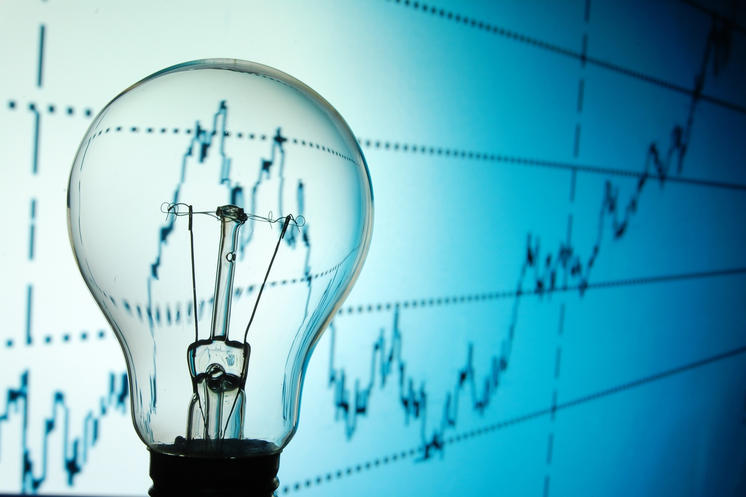Corporate Advisory
2022 outlook: Renewable energies are facing obstacles

Corporate Advisory

In 2020, the pandemic caused the biggest decline in worldwide energy consumption since the Second World War – a 4.5% decline. However, generation of electricity via renewable energies (ex hydro) registered a record high of ~3,150 TWh, accounting for 12% of generated electricity worldwide, with some 255 GW of wind and PV power installed. We are currently witnessing the greatest change to take place in the energy model in recent centuries, as the industry seeks to substitute hydrocarbons, which account for 80% of primary energy sources worldwide. The goal of “Net Zero by 2050” calls for hefty investment in renewable energies in order to reduce worldwide gas demand by 55% to 1,750bcm per year and to reduce oil demand by 75% to 24mnbl per day. Alongside this, the world will have to triple renewable power up to 2030 (10,300GW) and increase it ninefold up to 2050 (26,600GW) in order for generated electricity to be 90% renewable vs. 30% at this time. To reach these goals, current PV and wind capacities will have to be multiplied by 20 and 11, respectively. These figures are so large that, even if they are ultimately scaled back, there will still be room for significant potential growth.

The pandemic has acted as a driver of renewable energies, resulting in an increase in the number of plans supporting these technologies. Yet it has also sent shock waves throughout the industry, resulting in several issues on which these companies will no doubt be focussed in 2022:i) The shock of energy prices, ii) growing debate regarding climate change and iii) bottlenecks in renewable energies.

Two additional issues will likely persist and continue to affect the industry just as they have in the past: i) the performance of interest rates and ii) regulatory risk.
In view of the aforementioned circumstances, the context will be tough for renewable-energy companies and utilities. However, some integrated utilities and IPPs with a relevant size, whose greatest value lies in installed assets, will likely benefit to some degree from higher electricity prices. If the market starts to see a fast upturn in interest rates, listed companies may be affected and good entry points may open up for investing in these companies.
Por favor no dude en comunicarse con su persona de confianza en Mirabaud o contáctenos aquí si este tema es de su interés. Junto a nuestros dedicados especialistas estaremos encantados de evaluar sus necesidades personales y discutir posibles soluciones de inversión adaptadas a su situación.
Case study
Continuar con